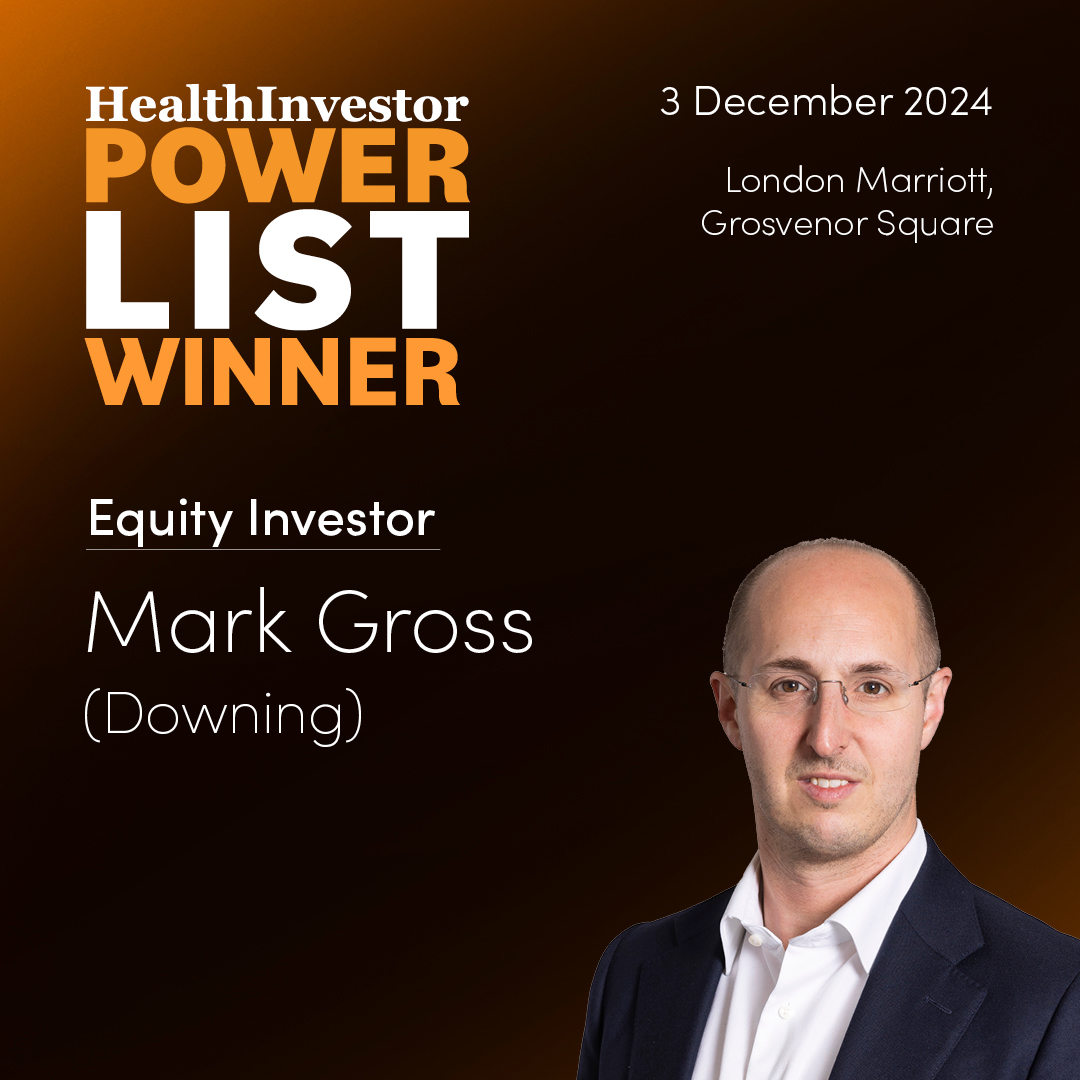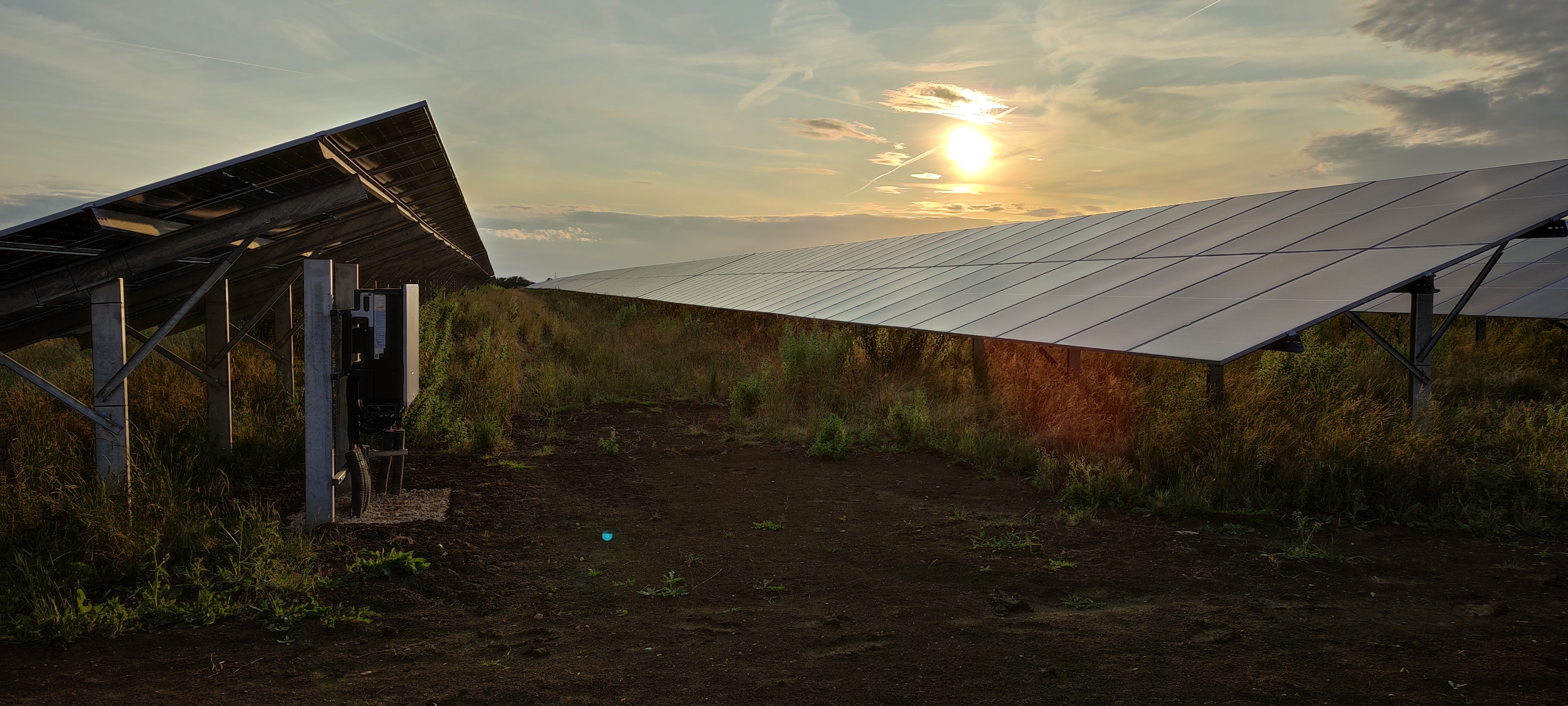Blowing in the right direction: A 101 on wind power technology
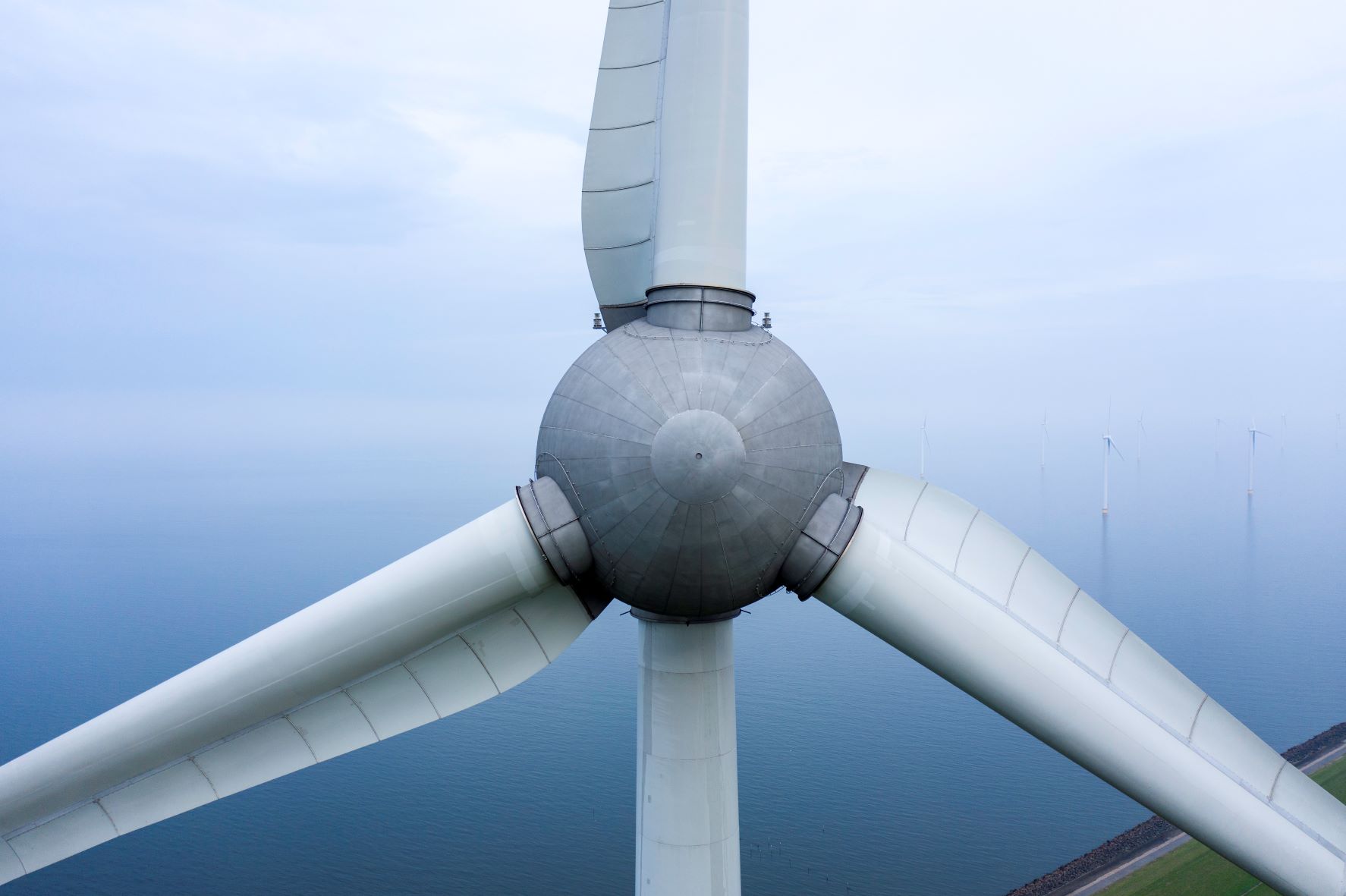
From a promising resource to an established energy source, wind power is now crucial to our future renewable energy mix. In the following insight, we look at the evolution of wind power, explore its role in the global energy transition, and discuss why investing in wind technology should form a growing part of a diversified portfolio.
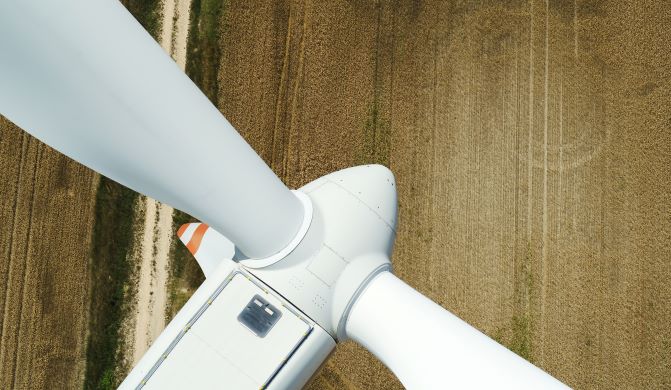
Winds of change
Humans have reaped the benefits of wind power since it was harnessed to propel boats along the Nile around 5000 BC. And windmill infrastructure became part of the physical landscape by 200 BC, as the Chinese began to use simple windmills to pump water. Since then, the technology has been harnessed to mill grain and drain marshes in the Netherlands.
But perhaps the ground-breaking moment for the wind technology occurred in Denmark with the construction of a decentralised national electrification model. Danish pioneer Poul la Cour’s inventions would lay the foundation for modern windmill technology and wind power plants in Denmark and the world. Further innovation would follow – the United States government, led by NASA, undertook research into large commercial wind turbines that paved the way for multi-megawatt technologies.
From its experimental history, wind power has staked its claim for forming a part of a diversified investment portfolio and has become a key player in the transition to a net zero economy - it is now estimated that onshore and offshore wind will generate more than one-third (35%) of total electricity needs, becoming the prominent generation source by 2050.
A global transition
The IPCC (Intergovernmental Panel on Climate Change) has let the world know in stark terms that the Paris climate goals require a profound acceleration in the adoption of renewable technology. Wind power, along with other renewable energy sources, is expected to lead the way in the decarbonisation and transformation of the global electricity sector.
In 2021, Europe, Latin America and Africa & Middle East had record years for new onshore installations with €41.4bn invested in new wind farms in Europe alone. Meanwhile, 21.1 GW of offshore wind capacity was commissioned last year - three times more than in 2020. This crowned 2021 as the best year in offshore wind history – where market share in global new installations rose to 22.5%.
In Europe, the investments were split relatively evenly across the continent, although there is still a gap in provision. The REPowerEU agenda now wants the EU to expand its wind capacity from 190 GW today to 480 GW by 2030. This means building 35 GW of new wind turbines a year until 2030.
However, in 2022, the investment figure was €17bn in Europe - the lowest amount since 2009. It's a stark warning to governments and policymakers, who will need to restore investor confidence among recent market interventions and barriers.
The transition to net zero requires not only a shift to renewable sources, but also the servicing of increasing electrical demand – due to the electrification of huge energy-intensive sectors like transport and heat. Not only must we replace existing generation infrastructure with renewable energy, we also need to meet the increased demand for electricity.
Scaling up to power up
Policymakers are rising to the challenge. The European Union has committed to cut its 1990 level of greenhouse gas emissions by 55% by 2030, a key milestone in reaching climate neutrality in 2050. Scandinavian countries are also taking the lead. For example, in Sweden most wind farms run in grid-parity (the point at which wind electricity fed to the grid is at least as cheap as electricity from fossil fuels) without any governmental support incentive. The country is a global leader in decarbonisation and seeks to create a net-zero carbon economy by 2045. For the energy sector, the target is lofty: 100% renewable electricity production by 2040. A large proportion of Sweden’s electricity supply comes from hydro and nuclear power – but there is a growing contribution from wind energy.
Downing recently acquired the Gabrielsberget Syd Vind farm in northeast Sweden, which has an installed capacity of 46MW. The farm is powered by 20 Enercon E-82 2.30 MW turbines and is located on a plateau in north-eastern Sweden at approximately 220 meters above sea level, which is a suitable location to generate reliable energy levels. The project has been operational since 2011 and is expected to generate c.108 GWh of electricity per annum.
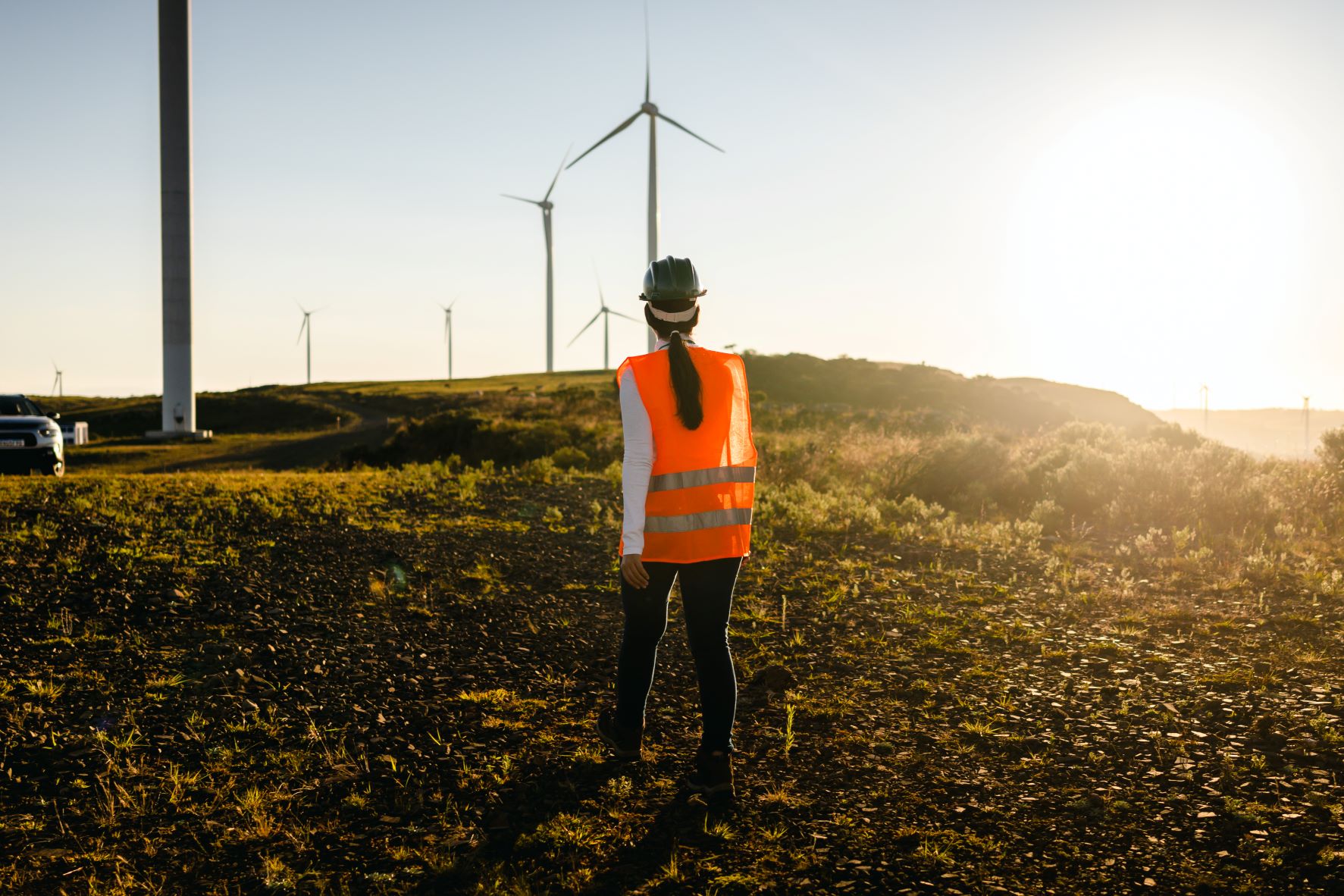
ESG credentials
The picture is brightening for the UK wind capacity too. The government is preparing the ground for more onshore wind in England following their announcement about relaxing onerous planning restrictions that have hampered renewable technology since 2015.
World leaders are coming to the consensus that every KWh of clean power counts in the fight against climate change – and wind energy is expanding its influence in the decarbonised future.
The case for ‘E’ in ESG regarding wind power is relatively self-evident with the potential for abundant clean energy. But there is also a social aspect. On-and-offshore wind farms can generate sustainable employment in marginalised rural communities. The wind energy sector has also strong governance aspects, as investors can invest in or alongside companies with sustainability embedded into their processes.
The investment case for wind
Not only does renewable energy investing contribute to a greener society, but energy infrastructure investments also secure a safer, cleaner future for us all and generate sustainable results for stakeholders over the long term.
Renewable energy investment projects such as onshore wind power have stable and predictable long-term cashflows that are often wholly or partly linked to inflation. Renewable energy investments also tend to behave like broader infrastructure investments – benefitting from government regulations and concessions. They also can act as an inflation hedge and diversifiers during financial crises.
Wind power is helping to transform the global electricity sector. The progress is a testament to renewable energy’s resilience and growing appeal as a sustainable diversifying investment that provides multiple environmental and socio-economic benefits.
Click here to find out more the Downing Energy & Infrastructure team
From a promising resource to an established energy source, wind power is now crucial to our future renewable energy mix. In the following insight, we look at the evolution of wind power, explore its role in the global energy transition, and discuss why investing in wind technology should form a growing part of a diversified portfolio.

Winds of change
Humans have reaped the benefits of wind power since it was harnessed to propel boats along the Nile around 5000 BC. And windmill infrastructure became part of the physical landscape by 200 BC, as the Chinese began to use simple windmills to pump water. Since then, the technology has been harnessed to mill grain and drain marshes in the Netherlands.
But perhaps the ground-breaking moment for the wind technology occurred in Denmark with the construction of a decentralised national electrification model. Danish pioneer Poul la Cour’s inventions would lay the foundation for modern windmill technology and wind power plants in Denmark and the world. Further innovation would follow – the United States government, led by NASA, undertook research into large commercial wind turbines that paved the way for multi-megawatt technologies.
From its experimental history, wind power has staked its claim for forming a part of a diversified investment portfolio and has become a key player in the transition to a net zero economy - it is now estimated that onshore and offshore wind will generate more than one-third (35%) of total electricity needs, becoming the prominent generation source by 2050.
A global transition
The IPCC (Intergovernmental Panel on Climate Change) has let the world know in stark terms that the Paris climate goals require a profound acceleration in the adoption of renewable technology. Wind power, along with other renewable energy sources, is expected to lead the way in the decarbonisation and transformation of the global electricity sector.
In 2021, Europe, Latin America and Africa & Middle East had record years for new onshore installations with €41.4bn invested in new wind farms in Europe alone. Meanwhile, 21.1 GW of offshore wind capacity was commissioned last year - three times more than in 2020. This crowned 2021 as the best year in offshore wind history – where market share in global new installations rose to 22.5%.
In Europe, the investments were split relatively evenly across the continent, although there is still a gap in provision. The REPowerEU agenda now wants the EU to expand its wind capacity from 190 GW today to 480 GW by 2030. This means building 35 GW of new wind turbines a year until 2030.
However, in 2022, the investment figure was €17bn in Europe - the lowest amount since 2009. It's a stark warning to governments and policymakers, who will need to restore investor confidence among recent market interventions and barriers.
The transition to net zero requires not only a shift to renewable sources, but also the servicing of increasing electrical demand – due to the electrification of huge energy-intensive sectors like transport and heat. Not only must we replace existing generation infrastructure with renewable energy, we also need to meet the increased demand for electricity.
Scaling up to power up
Policymakers are rising to the challenge. The European Union has committed to cut its 1990 level of greenhouse gas emissions by 55% by 2030, a key milestone in reaching climate neutrality in 2050. Scandinavian countries are also taking the lead. For example, in Sweden most wind farms run in grid-parity (the point at which wind electricity fed to the grid is at least as cheap as electricity from fossil fuels) without any governmental support incentive. The country is a global leader in decarbonisation and seeks to create a net-zero carbon economy by 2045. For the energy sector, the target is lofty: 100% renewable electricity production by 2040. A large proportion of Sweden’s electricity supply comes from hydro and nuclear power – but there is a growing contribution from wind energy.
Downing recently acquired the Gabrielsberget Syd Vind farm in northeast Sweden, which has an installed capacity of 46MW. The farm is powered by 20 Enercon E-82 2.30 MW turbines and is located on a plateau in north-eastern Sweden at approximately 220 meters above sea level, which is a suitable location to generate reliable energy levels. The project has been operational since 2011 and is expected to generate c.108 GWh of electricity per annum.

ESG credentials
The picture is brightening for the UK wind capacity too. The government is preparing the ground for more onshore wind in England following their announcement about relaxing onerous planning restrictions that have hampered renewable technology since 2015.
World leaders are coming to the consensus that every KWh of clean power counts in the fight against climate change – and wind energy is expanding its influence in the decarbonised future.
The case for ‘E’ in ESG regarding wind power is relatively self-evident with the potential for abundant clean energy. But there is also a social aspect. On-and-offshore wind farms can generate sustainable employment in marginalised rural communities. The wind energy sector has also strong governance aspects, as investors can invest in or alongside companies with sustainability embedded into their processes.
The investment case for wind
Not only does renewable energy investing contribute to a greener society, but energy infrastructure investments also secure a safer, cleaner future for us all and generate sustainable results for stakeholders over the long term.
Renewable energy investment projects such as onshore wind power have stable and predictable long-term cashflows that are often wholly or partly linked to inflation. Renewable energy investments also tend to behave like broader infrastructure investments – benefitting from government regulations and concessions. They also can act as an inflation hedge and diversifiers during financial crises.
Wind power is helping to transform the global electricity sector. The progress is a testament to renewable energy’s resilience and growing appeal as a sustainable diversifying investment that provides multiple environmental and socio-economic benefits.
Click here to find out more the Downing Energy & Infrastructure team
From a promising resource to an established energy source, wind power is now crucial to our future renewable energy mix. In the following insight, we look at the evolution of wind power, explore its role in the global energy transition, and discuss why investing in wind technology should form a growing part of a diversified portfolio.

Winds of change
Humans have reaped the benefits of wind power since it was harnessed to propel boats along the Nile around 5000 BC. And windmill infrastructure became part of the physical landscape by 200 BC, as the Chinese began to use simple windmills to pump water. Since then, the technology has been harnessed to mill grain and drain marshes in the Netherlands.
But perhaps the ground-breaking moment for the wind technology occurred in Denmark with the construction of a decentralised national electrification model. Danish pioneer Poul la Cour’s inventions would lay the foundation for modern windmill technology and wind power plants in Denmark and the world. Further innovation would follow – the United States government, led by NASA, undertook research into large commercial wind turbines that paved the way for multi-megawatt technologies.
From its experimental history, wind power has staked its claim for forming a part of a diversified investment portfolio and has become a key player in the transition to a net zero economy - it is now estimated that onshore and offshore wind will generate more than one-third (35%) of total electricity needs, becoming the prominent generation source by 2050.
A global transition
The IPCC (Intergovernmental Panel on Climate Change) has let the world know in stark terms that the Paris climate goals require a profound acceleration in the adoption of renewable technology. Wind power, along with other renewable energy sources, is expected to lead the way in the decarbonisation and transformation of the global electricity sector.
In 2021, Europe, Latin America and Africa & Middle East had record years for new onshore installations with €41.4bn invested in new wind farms in Europe alone. Meanwhile, 21.1 GW of offshore wind capacity was commissioned last year - three times more than in 2020. This crowned 2021 as the best year in offshore wind history – where market share in global new installations rose to 22.5%.
In Europe, the investments were split relatively evenly across the continent, although there is still a gap in provision. The REPowerEU agenda now wants the EU to expand its wind capacity from 190 GW today to 480 GW by 2030. This means building 35 GW of new wind turbines a year until 2030.
However, in 2022, the investment figure was €17bn in Europe - the lowest amount since 2009. It's a stark warning to governments and policymakers, who will need to restore investor confidence among recent market interventions and barriers.
The transition to net zero requires not only a shift to renewable sources, but also the servicing of increasing electrical demand – due to the electrification of huge energy-intensive sectors like transport and heat. Not only must we replace existing generation infrastructure with renewable energy, we also need to meet the increased demand for electricity.
Scaling up to power up
Policymakers are rising to the challenge. The European Union has committed to cut its 1990 level of greenhouse gas emissions by 55% by 2030, a key milestone in reaching climate neutrality in 2050. Scandinavian countries are also taking the lead. For example, in Sweden most wind farms run in grid-parity (the point at which wind electricity fed to the grid is at least as cheap as electricity from fossil fuels) without any governmental support incentive. The country is a global leader in decarbonisation and seeks to create a net-zero carbon economy by 2045. For the energy sector, the target is lofty: 100% renewable electricity production by 2040. A large proportion of Sweden’s electricity supply comes from hydro and nuclear power – but there is a growing contribution from wind energy.
Downing recently acquired the Gabrielsberget Syd Vind farm in northeast Sweden, which has an installed capacity of 46MW. The farm is powered by 20 Enercon E-82 2.30 MW turbines and is located on a plateau in north-eastern Sweden at approximately 220 meters above sea level, which is a suitable location to generate reliable energy levels. The project has been operational since 2011 and is expected to generate c.108 GWh of electricity per annum.

ESG credentials
The picture is brightening for the UK wind capacity too. The government is preparing the ground for more onshore wind in England following their announcement about relaxing onerous planning restrictions that have hampered renewable technology since 2015.
World leaders are coming to the consensus that every KWh of clean power counts in the fight against climate change – and wind energy is expanding its influence in the decarbonised future.
The case for ‘E’ in ESG regarding wind power is relatively self-evident with the potential for abundant clean energy. But there is also a social aspect. On-and-offshore wind farms can generate sustainable employment in marginalised rural communities. The wind energy sector has also strong governance aspects, as investors can invest in or alongside companies with sustainability embedded into their processes.
The investment case for wind
Not only does renewable energy investing contribute to a greener society, but energy infrastructure investments also secure a safer, cleaner future for us all and generate sustainable results for stakeholders over the long term.
Renewable energy investment projects such as onshore wind power have stable and predictable long-term cashflows that are often wholly or partly linked to inflation. Renewable energy investments also tend to behave like broader infrastructure investments – benefitting from government regulations and concessions. They also can act as an inflation hedge and diversifiers during financial crises.
Wind power is helping to transform the global electricity sector. The progress is a testament to renewable energy’s resilience and growing appeal as a sustainable diversifying investment that provides multiple environmental and socio-economic benefits.
Click here to find out more the Downing Energy & Infrastructure team
From a promising resource to an established energy source, wind power is now crucial to our future renewable energy mix. In the following insight, we look at the evolution of wind power, explore its role in the global energy transition, and discuss why investing in wind technology should form a growing part of a diversified portfolio.

Winds of change
Humans have reaped the benefits of wind power since it was harnessed to propel boats along the Nile around 5000 BC. And windmill infrastructure became part of the physical landscape by 200 BC, as the Chinese began to use simple windmills to pump water. Since then, the technology has been harnessed to mill grain and drain marshes in the Netherlands.
But perhaps the ground-breaking moment for the wind technology occurred in Denmark with the construction of a decentralised national electrification model. Danish pioneer Poul la Cour’s inventions would lay the foundation for modern windmill technology and wind power plants in Denmark and the world. Further innovation would follow – the United States government, led by NASA, undertook research into large commercial wind turbines that paved the way for multi-megawatt technologies.
From its experimental history, wind power has staked its claim for forming a part of a diversified investment portfolio and has become a key player in the transition to a net zero economy - it is now estimated that onshore and offshore wind will generate more than one-third (35%) of total electricity needs, becoming the prominent generation source by 2050.
A global transition
The IPCC (Intergovernmental Panel on Climate Change) has let the world know in stark terms that the Paris climate goals require a profound acceleration in the adoption of renewable technology. Wind power, along with other renewable energy sources, is expected to lead the way in the decarbonisation and transformation of the global electricity sector.
In 2021, Europe, Latin America and Africa & Middle East had record years for new onshore installations with €41.4bn invested in new wind farms in Europe alone. Meanwhile, 21.1 GW of offshore wind capacity was commissioned last year - three times more than in 2020. This crowned 2021 as the best year in offshore wind history – where market share in global new installations rose to 22.5%.
In Europe, the investments were split relatively evenly across the continent, although there is still a gap in provision. The REPowerEU agenda now wants the EU to expand its wind capacity from 190 GW today to 480 GW by 2030. This means building 35 GW of new wind turbines a year until 2030.
However, in 2022, the investment figure was €17bn in Europe - the lowest amount since 2009. It's a stark warning to governments and policymakers, who will need to restore investor confidence among recent market interventions and barriers.
The transition to net zero requires not only a shift to renewable sources, but also the servicing of increasing electrical demand – due to the electrification of huge energy-intensive sectors like transport and heat. Not only must we replace existing generation infrastructure with renewable energy, we also need to meet the increased demand for electricity.
Scaling up to power up
Policymakers are rising to the challenge. The European Union has committed to cut its 1990 level of greenhouse gas emissions by 55% by 2030, a key milestone in reaching climate neutrality in 2050. Scandinavian countries are also taking the lead. For example, in Sweden most wind farms run in grid-parity (the point at which wind electricity fed to the grid is at least as cheap as electricity from fossil fuels) without any governmental support incentive. The country is a global leader in decarbonisation and seeks to create a net-zero carbon economy by 2045. For the energy sector, the target is lofty: 100% renewable electricity production by 2040. A large proportion of Sweden’s electricity supply comes from hydro and nuclear power – but there is a growing contribution from wind energy.
Downing recently acquired the Gabrielsberget Syd Vind farm in northeast Sweden, which has an installed capacity of 46MW. The farm is powered by 20 Enercon E-82 2.30 MW turbines and is located on a plateau in north-eastern Sweden at approximately 220 meters above sea level, which is a suitable location to generate reliable energy levels. The project has been operational since 2011 and is expected to generate c.108 GWh of electricity per annum.

ESG credentials
The picture is brightening for the UK wind capacity too. The government is preparing the ground for more onshore wind in England following their announcement about relaxing onerous planning restrictions that have hampered renewable technology since 2015.
World leaders are coming to the consensus that every KWh of clean power counts in the fight against climate change – and wind energy is expanding its influence in the decarbonised future.
The case for ‘E’ in ESG regarding wind power is relatively self-evident with the potential for abundant clean energy. But there is also a social aspect. On-and-offshore wind farms can generate sustainable employment in marginalised rural communities. The wind energy sector has also strong governance aspects, as investors can invest in or alongside companies with sustainability embedded into their processes.
The investment case for wind
Not only does renewable energy investing contribute to a greener society, but energy infrastructure investments also secure a safer, cleaner future for us all and generate sustainable results for stakeholders over the long term.
Renewable energy investment projects such as onshore wind power have stable and predictable long-term cashflows that are often wholly or partly linked to inflation. Renewable energy investments also tend to behave like broader infrastructure investments – benefitting from government regulations and concessions. They also can act as an inflation hedge and diversifiers during financial crises.
Wind power is helping to transform the global electricity sector. The progress is a testament to renewable energy’s resilience and growing appeal as a sustainable diversifying investment that provides multiple environmental and socio-economic benefits.
Click here to find out more the Downing Energy & Infrastructure team
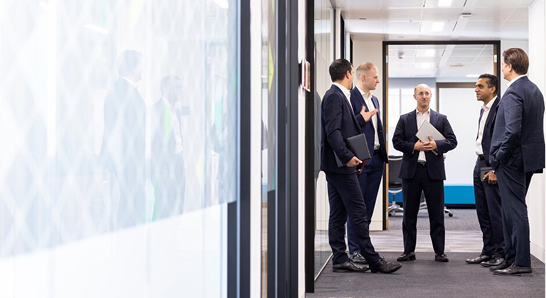
Please fill out the form to download the full report
Downing LLP does not provide advice or make personal recommendations and investors are strongly urged to seek independent advice before investing. Investments offered on this website carry a higher risk than many other types of investment and prospective investors should be aware that capital is at risk and the value of their investment may go down as well as up. Any investment should only be made on the basis of the relevant product literature and your attention is drawn to the risk, fees and taxation factors contained therein. Tax treatment depends on individual circumstances of each investor and may be subject to change in the future. Past performance is not a reliable indicator of future performance. Downing LLP is authorised and regulated by the Financial Conduct Authority (Firm Reference Number 545025). Registered in England No. OC341575. Registered Office: Downing, 10 Lower Thames Street, London, EC3R 6AF.



